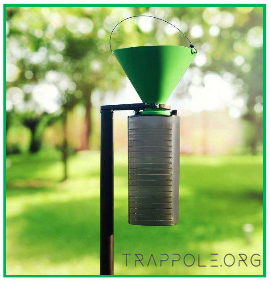Birds are extraordinary creatures with fascinating behaviors and communication methods. This article will explore the body language, vocalizations, and social interactions of birds, offering insights for observing and interpreting them in nature. This guide will help you better understand these incredible creatures and enhance your birdwatching experience.
Deciphering Bird Behavior and Communication
Birds communicate through a range of intricate and diverse modalities, from complex vocalizations to visual signals and social behaviors. These forms of communication play a crucial role in their survival and interaction with other birds and the environment. Vocalizations, including songs, calls, and alarm signals, are perhaps the most noticeable aspect of bird communication.
Each species possesses a unique set of sounds used for various purposes: songs, often performed by males, are primarily used during mating season to attract mates and establish territories. Calls can serve multiple functions, such as maintaining contact with group members, alerting to imminent dangers, or coordinating group activities like foraging. Some species have developed extremely sophisticated vocalizations, capable of expressing a wide range of information and moods.
This table provides a useful summary of the main modalities of communication and interaction among birds, giving a clear picture of their complex and varied behavior.
Aspects of Bird Communication:
Body Language: Indicates mood, intentions, social status. Includes postures, wing positions, tail movements. Vocalizations: A variety of calls, songs, alarms. Used for mating, territory defense, and signaling danger. Social Interactions: Includes flocking, cooperative breeding, communal feeding, and group defense.
Most Intelligent Bird Species in Communication
Birds are known for their extraordinary communicative and problem-solving capabilities, with some species standing out for their intelligence. Here are some of the most intelligent species in communication, with their common and scientific names:
Crow (Genus Corvus): Crows are known for their extraordinary intelligence, capable of solving complex problems and using tools. They can communicate sophisticatedly and exhibit complex social behaviors. African Grey Parrot (Psittacus erithacus): Famous for their ability to mimic human language and intelligence, these birds have demonstrated an understanding of concepts like numbers, causality, and self-awareness.
Jay (Genus: Garrulus): Jays, particularly the Eurasian Jay (Garrulus glandarius), are known for their future planning ability and exceptional memory, used for hiding and remembering food locations. New Caledonian Crow (Corvus moneduloides): This crow is particularly famous for its tool use and manufacturing ability. They have demonstrated the capability to create tools from raw materials to obtain food.
Cockatoo (Genus: Cacatua): Many species of cockatoos, like the Galerita Cockatoo, have shown significant problem-solving and object manipulation capabilities. They are also capable of effective communication within their group.
Kea (Nestor notabilis): The Kea, a parrot native to New Zealand, is known for its curiosity and playful behavior, making it adept at solving puzzles and using tools.
These species demonstrate a range of cognitive abilities including tool use, complex communication, long-term memory, concept understanding, and observational learning, making them some of the most intelligent among birds.
Bird Body Language:
Body language is fundamental in bird behavior, revealing emotions, intentions, and social status. Movements such as posture, wing position, and tail movements can indicate whether a bird is relaxed, alert, or aggressive. This ability to communicate in such varied ways is crucial for their survival and interaction with the surrounding environment.
Bird Vocalizations:
Vocalizations are crucial in bird communication. They vary greatly among species and are used to convey information, such as calling a mate or alarming an imminent danger.
In addition to vocalizations, birds also use body language as a means of communication. This can include the use of plumage, wing positions, and tail movements. For example, plumage display during courtship rituals not only shows a bird's vitality but can also signal its suitability as a mate.
Bird Social Interactions:
Bird social interactions are complex and multifaceted, showing cooperative behaviors such as flocking, nesting, and communal feeding. Observing these interactions can offer deep insights into their social structures and habits.
Understanding Bird Behavior:
Deepening our understanding of bird behavior and communication can enrich our connection with the natural world, contribute to conservation efforts, and represent a rewarding hobby. By studying both body language and vocalizations, we can start to recognize common patterns among different species.
Posture and movements can indicate a mood or intention, such as a threatening behavior to defend a territory or gestures of submission. Birds also participate in complex social interactions, such as flocking for migration or defense, which require effective coordination and communication. These interactions, often guided by visual and vocal signals, show how sophisticated the world of bird communication is.























